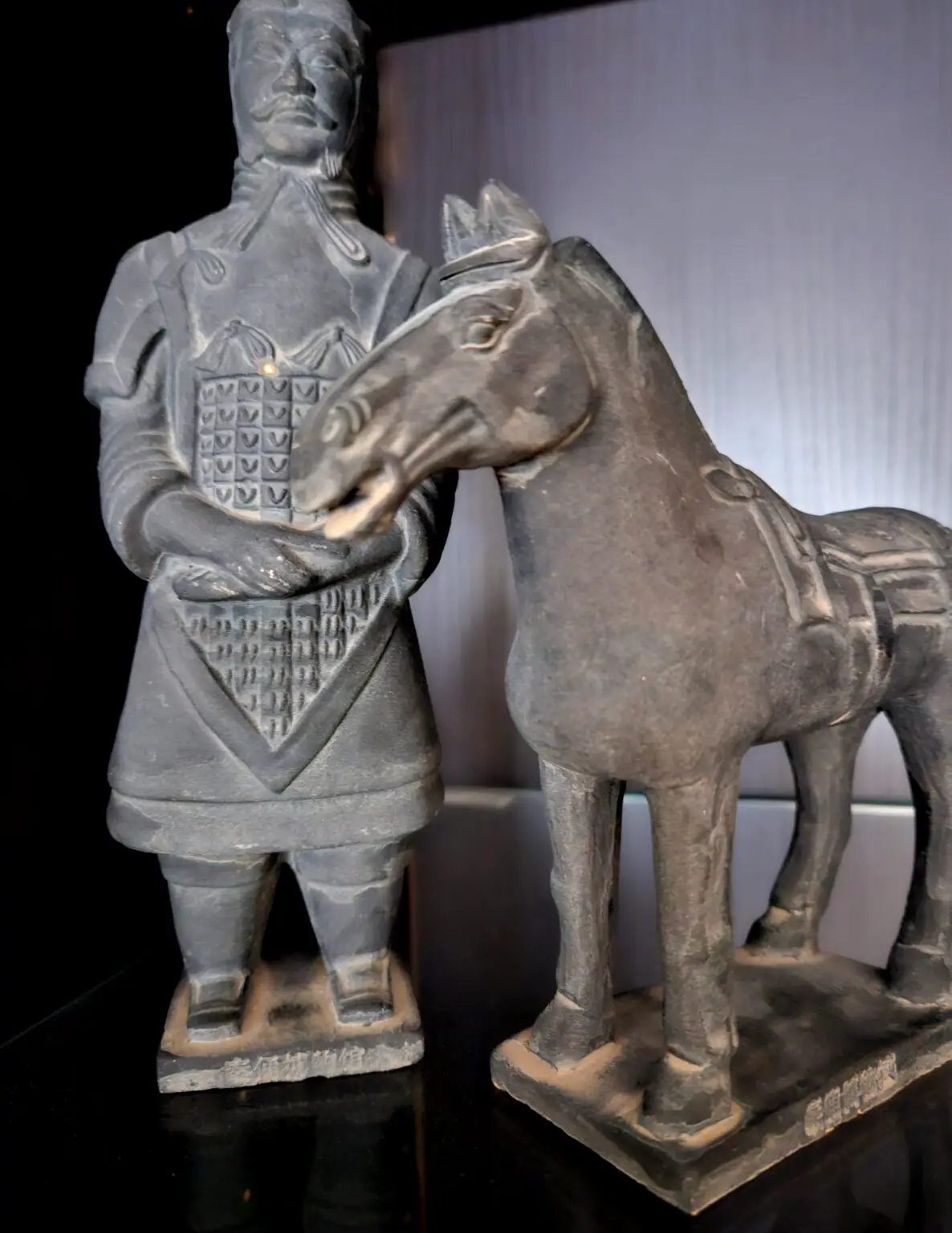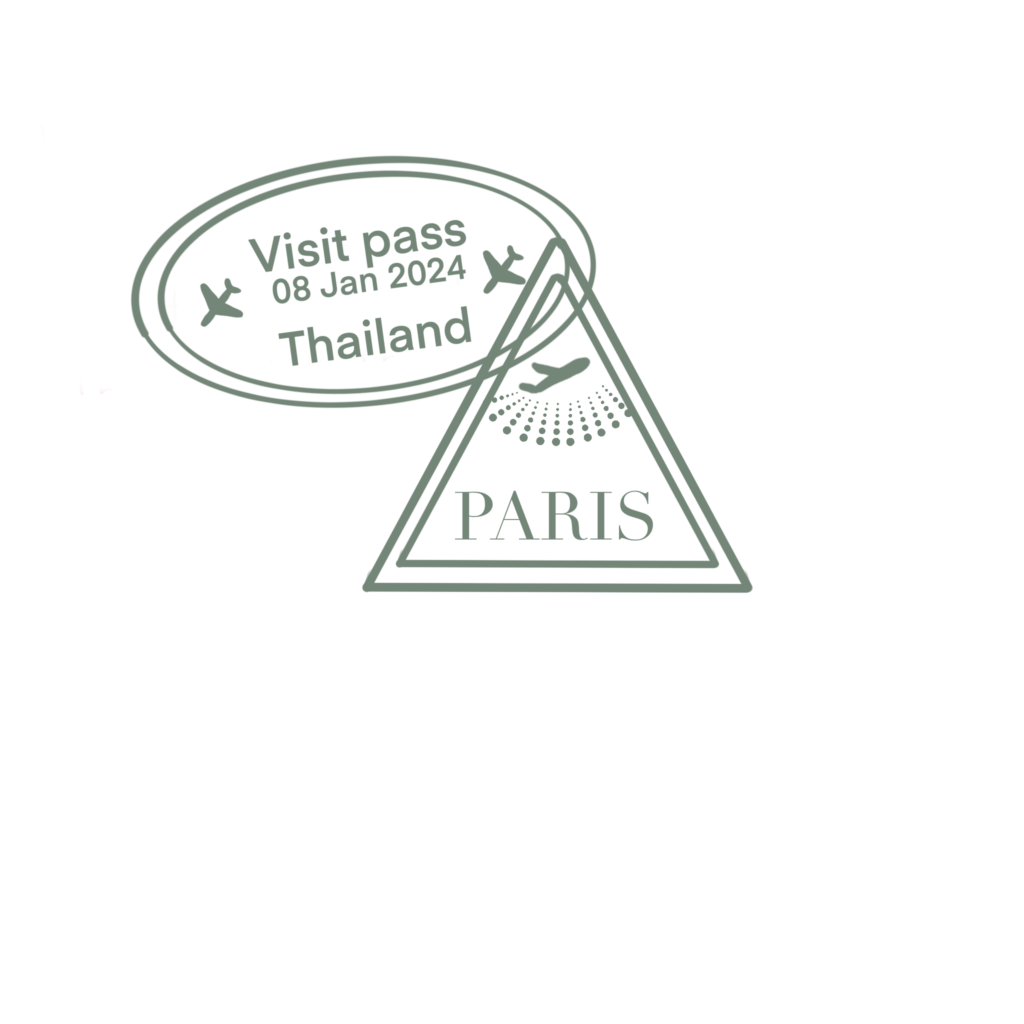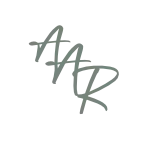Xi'An China
Our Short Visit to visit Xi"An
My son and I flew from Beijing to Xi’an, the largest town and capital of Shaanxi Province in central China.
You can travel to Xi’an for 72 hours without a visa.
We arrive at the end of the day to visit the Terra Cotta Warriors the next day.
This is one of China’s most popular tourist destinations; it is most famous for its Terracotta Warriors, which have become an international symbol of China’s history. You must attend the museum and its surrounding site.
Be patient; the lineup is very long under the hot sun, and to my surprise, you have to take a little train up to the main entrance on top of that. It’s worth waiting for, though
The most significant excavation of the 20th century in Xi'An
One of the most impressive and significant archaeological discoveries of the 20th century is the Terracotta Warriors and Horses located in Xi’an, China.
This UNESCO World Heritage Site is a testament to the ambition and dedication of the ancient Chinese civilization. It boasts a remarkable collection of life-size terracotta statues that depict soldiers, horses, chariots, and weapons. The construction of the Terracotta Army, a project that began over 2,000 years ago under the direction of Emperor Qin Shi Huang, who was just 13 years old at the time, was a monumental undertaking.
The army, built to protect the emperor in the afterlife, required the labour of over 700,000 artisans and labourers to complete.
The complex has three separate pits, with the enormous pit containing over 6,000 figures. Each figure, be it a soldier, a horse, or a chariot, is a unique masterpiece with its facial expression and features. This discovery is not just breathtaking but also a testament to the individuality and artistry of ancient Chinese civilization. The terracotta figures showcase the remarkable craftsmanship and engineering skills that date back to the third century BCE.
The sculptures were discovered by chance in 1974 when farmers dug a well behind their home in the Shaanxi Province. The excavation story is fascinating, and the number of figures and their individuality intrigue and inspire people worldwide.
Historians, archaeologists, and art enthusiasts have celebrated, studied, and admired this significant excavation. Still, it has also brought people from around the globe together to appreciate this ancient wonder.
Witness the grandeur of the Terracotta Warriors and Horses and be amazed by this incredible archaeological wonder.
The story is about a farmer who finds some graves while digging in his garden. The Chinese government stole his land and took everything he had.
I was lucky to meet the farmer; he was kind enough to autograph my book.
It is imposing to see. You cannot find two identical faces among the excavated terracotta warriors.
We only had time to visit some things in the town area.
Someday, I will come back and visit more of this fantastic place.
What made the terracotta warriors significant?
The Terracotta Warriors represent a remarkable collection of life-size terracotta sculptures crafted over 2000 years ago to be interred alongside Emperor Qin Shi Huang, China’s first emperor. Unearthed in 1974 by farmers drilling a well in Shaanxi Province near the emperor’s mausoleum at Mount Li, these sculptures form part of a vast burial tomb complex spanning 50 km² (20 mi²).
The significance of the Terracotta Warriors lies in their pivotal role within the inaugural emperor’s mausoleum in Chinese history. Extensive research conducted by archaeologists has validated their association with the mausoleum.
They were discovered in 1974 by farmers digging a well in the Shaanxi Province near the emperor’s mausoleum at Mount Li. They are part of a massive burial tomb complex of 50 km² (20 mi²).
The Terracotta Warriors are significant because they are essential to the first emperor’s mausoleum in Chinese history. Archaeologists have proved that the Terracotta Army was part of the mausoleum.
Good To Know
*Our Short Visit
Xi’an is often called the birthplace of Chinese civilization. The capital of Shaanxi Province and the eastern end of the Silk Road, Xi’an’s history and cultural significance stretch through China’s ancient past and into its bright future.
It was the capital city of 13 imperial dynasties, the most of any town, and many ancient structures are preserved. “The First Emperor” united China from his base in the Xi’an area, and he has left a mighty legacy.
* This is one of China’s most popular tourist destinations.
Xi’an is listed as one of China’s “Must Visit” cities.
The place is most famous for its Terracotta Warriors, which have become an international symbol of China’s history.
A visit to this museum is considered a must if you’re planning a trip to China.
*The cuisine cannot be missed.
Being near the central part of China, Xi’an is a crossroads for many of the great Chinese cuisines. Restaurants offer Cantonese and spicy Sichuan cuisines.
*The taste of local street selling is cheap and delicious.
*Stroll on the ancient City Wall.
*The best times to visit are spring and autumn when the temperatures are cool but not too cold.
The place is also known for spring and early summer dust storms. The rainy season occurs from July to September, though there isn’t much rain.
The climate is temperate and semi-arid. The temperatures range throughout the four seasons at pretty moderate levels.
We visited in the wrong season; the weather was scorching.
*Try to avoid the Labor Day holiday (May 1 — 3) and the National Day holiday (October 1 — 7) when all tourist sites are crowded with Chinese people
Remember
*Xi’an is home to unique souvenirs and local products.
Perhaps the most popular items to buy in Xi’an are reproductions. You can also find various local products and souvenirs unique to the region.
One of the most popular items to purchase is the Terracotta Army Figurine reproductions, available at reasonable prices throughout the city.
However, it’s important to note that prices can vary significantly between different sellers, even if they are located next to each other.
My purchase is an authentic replica of the warrior soldiers.


